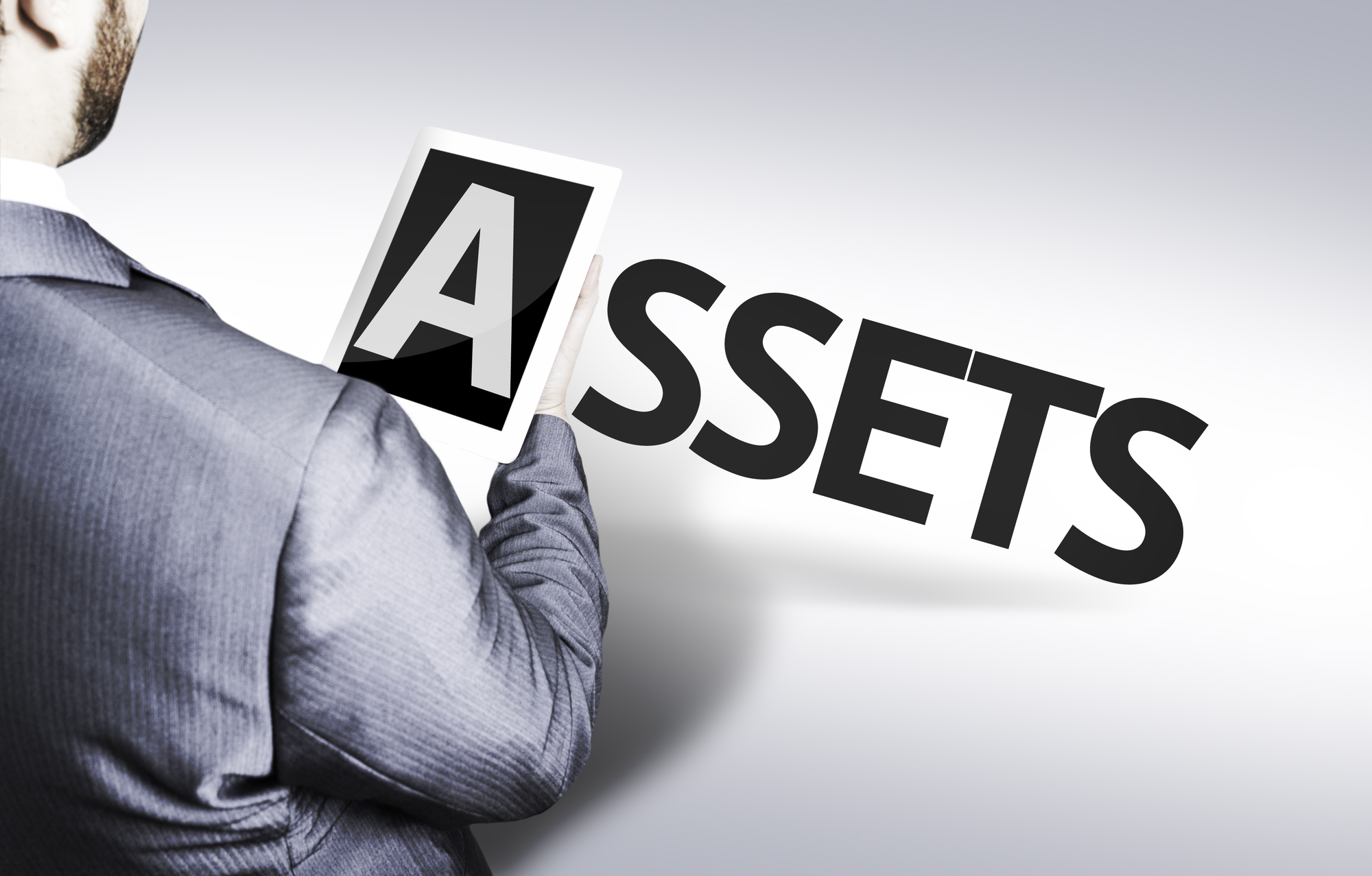Article – Assets and Current Assets

In Accounting, Assets are those economic resources of an enterprise and which the business have ownership. The assets can have physical existence (tangible assets) and can have no physical existence, which is called intangible assets – example of which is goodwill.
Assets are balance sheet accounts and are presented in the order of liquidity. These assets are presented according to the duration of time in order for the assets to be realized or converted into cash, in case of non-cash assets. Cash on hand and cash in bank rank as the most liquid of all the assets and rank first in the listing for current assets if it is unrestricted and not aside for other purpose. You have to make sure the cash is not restricted to be able to classify it as a current asset. For example, cash in bank as time deposit for more than one year is not a current asset and is not expected to be utilized within the current year of operations. Assets are classified as current or non-current assets.
Current Assets – are physical or tangible assets or resources of the company that are expected to be utilized, used, sold in the normal operations of the business within the current year. As the description for current assets, it is a very effective measure to determine if assets are current, if the assets are immediately available or expected to be available within the normal operations of the company within the year. Normal operating cycle is usually for a duration of twelve months or one year. Otherwise, if the asset is not expected to be used, utilized, or immediately available within the normal business operations, it have to be classified as a non-current asset. Current assets are enumerated below in the order of liquidity as follows:
- Cash also includes money in local or foreign currency as long as the bank accept for deposit at face value including bills and coins, bank deposits and drafts, checks as well as money orders.
- Cash Equivalents or marketable securities are in the form of short term and highly realizable investments, like short term time deposit at the bank.
- Notes Receivable follows after the cash and cash equivalents. This is a written note or instrument for which the customer promises to pay specific amount of money at a specific date. This is also referred to as promissory note.
- Accounts Receivable are receivables due from customers and is different from the notes receivable as this is not documented with a customer pledge to make specific monetary payment at a specific date. However, it must be noted that even if there are no written pledge from the customer to make a specific payment, these receivables are supported by proper accounting documents. This is if the company observe strong internal control over its stock issuances with regards to customer sales. This includes properly acknowledged delivery receipts or packing slips, sales or charge invoices as well as statements of account.
- Inventories are goods or merchandise which are available for the business. Inventories of the business do not necessarily mean its physical existence at its premises like warehouse or showroom. These could also be not in the company premises, like inventories held by another company for consignment purposes.
- Prepaid Expenses are expenses paid for in advance by the company and is expected to benefit the future months or next accounting year.